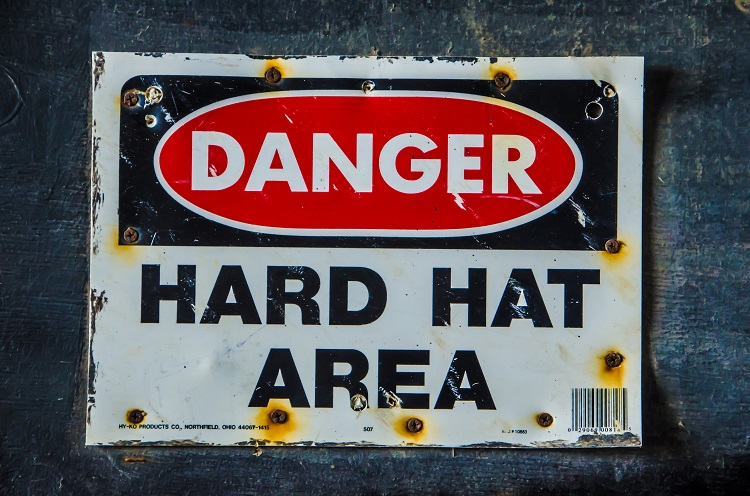At work, millions of us come into contact with life-threatening problems every single day. While we should be doing plenty to keep people safe at all times, one of the best ways to protect the public and our workforce is to use adequate signs. But how do you know if you’re using the best signs for your workplace hazards?
Whether you work in a power station, a construction site or a laboratory, danger signs are crucial. You will need to employ danger signs to curtail specific areas. Crucially, if someone’s life is at risk by entering a work zone, you will need to employ signs.
But, is your business or workplace necessarily doing enough? Let’s take a closer look.

Danger Signs and the Law
A good way to know whether or not you’re using the right signs – or enough signs – is to check local laws. In some countries or regions, like Australia for example, the law states that any conditions or situations likely to be life-threatening require danger signs.
However, what constitutes ‘danger’ may vary from state to state. Therefore, it is prudent to contact your local authority for advice. In some countries, the law may apply to all states, regions or provinces. However, in countries where local governments are given more freedom to regulate, you may need to follow a specific set of regulations. It is never worth risking these rules without consulting them first.
Examples of common danger signs used in many places around the world are those warning of high voltage. You may also advise of asbestos removal or chemical storage.
Warning Signs Vs Danger Signs
What some people may not know is that there is a crucial difference between warning signs and danger signs. Depending on where your business is located, some distinction is needed.
As discussed, you must use danger signs if a situation or work area poses a threat to life. You would use these in areas where, if someone accessed them unprepared; death may be a possibility.
However, warning signs apply in very different circumstances. You would use a warning sign in an area or scenario where life-threatening scenarios are unlikely to occur. However, there must still be a significant enough threat to cause a potential injury.
Using a warning sign where a danger sign is necessary could be fatal. Not only could this lead to loss of life, but it could also lead to serious legal consequences for you and your business.
What You Can Do
You should always make sure that full risk assessments take place. These will help you to understand whether a situation or scenario is likely to be life-threatening or not. You must also consult with your local authority as soon as possible to understand your regional law.
Knowing the difference between danger signs and warning signs is essential. What’s more, you should be ready to take the initiative and ascertain the risks your workplace poses.
The best thing to do, after all, advice, is to invest in highly visible danger signs. These will help your public, and your team, to understand why specific zones may be off-limits.
Leave a Reply